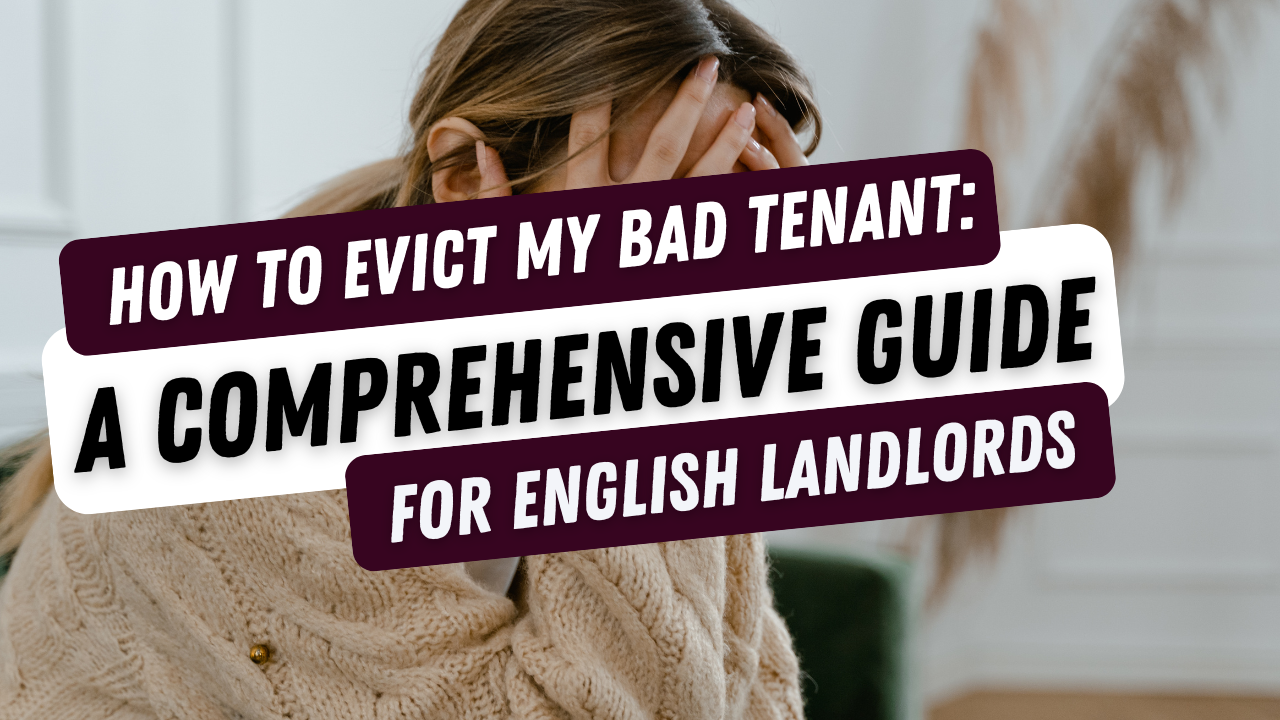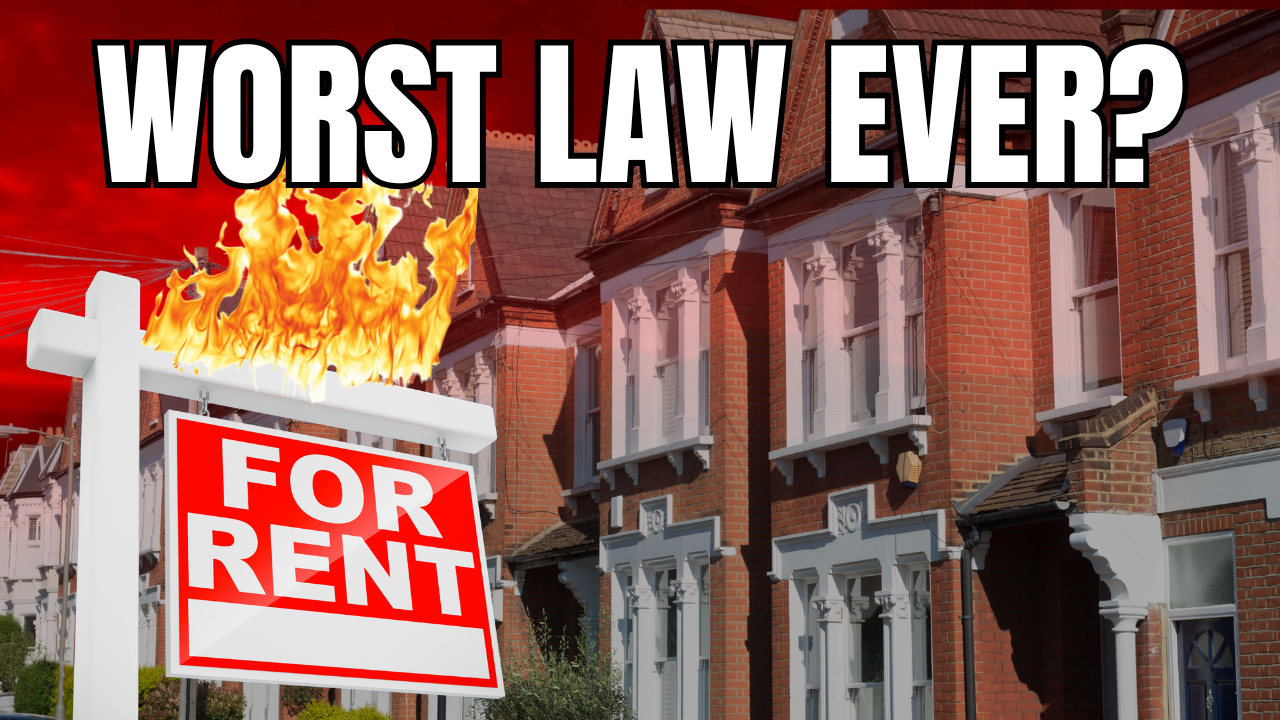
Dealing with a non-paying or antisocial tenant can be a stressful experience for landlords. Understanding the legal procedures is essential to handle the situation effectively and within the bounds of English law.
First and foremost, it's worth noting that with a robust system for vetting potential tenants and managing rent payments, the chances of ever having to go to court for possession are low. Wherever possible, court action should be avoided, and all efforts should be made to reach out to the tenant to understand their situation. In many cases, a mutually agreed rent payment schedule can be established, allowing the tenant to get back on their feet.
However, in the rare instances where an agreement cannot be reached, it becomes necessary for landlords to commence legal action to have the tenant removed from the property.
Generally speaking, there are two main pathways to evict a bad tenant in England: Section 8 notice for non-rent payment and Section 21 notice for all other reasons, including complex antisocial behaviour.
Section 8 Notice: Evicting a Non-Paying Tenant
If your tenant has failed to pay rent for at least two months, you may serve a Section 8 notice. This provides the tenant with a minimum of 14 days to vacate the property, following these guidelines:
1. Gather Evidence: Collect all relevant documents, such as rent arrears statements and communication records.
2. Serve the Notice: Complete the Section 8 notice form, specifying the grounds for eviction (usually Ground 8 for non-payment of rent but you can also include Grounds 10 and 11 as these are also related to non-payment of rent).
3. Wait for the Notice Period: The tenant has 14 days to respond.
4. Apply to the Court: If the tenant fails to comply, apply to the county court for a possession order. In Leeds, as of summer 2023, it will take approximately 10 weeks from the date of service of the notice to the date of a possession hearing. This also allows you to claim any rent arrears or legal costs associated with the claim.
5. Enforce the Order: If necessary, instruct bailiffs to remove the tenant.
Section 21 Notice: Evicting an Antisocial Tenant or Other Reasons
A Section 21 notice can be used to evict a tenant without specifying a reason. Most landlords who use this notice do so because it is a guaranteed way to remove antisocial tenants who are causing a nuisance to the house, as well as their other housemates, and cannot be subject to a judge's discretion, provided the landlord has complied with all requirements. Here's how:
1. Ensure Compliance: Verify that the tenant's deposit is protected, and the prescribed information was served electronically at the start of the tenancy. This leaves a digital paper trail that cannot be argued against.
2. Serve the Notice: Hand-deliver the Section 21 notice with evidence of service or send it via recorded delivery, giving at least two months' notice. Note that this notice cannot be served within the first four months of a fixed-term tenancy, nor can possession be required before the end of a fixed-term contract.
3. Wait for the Notice Period: Allow the tenant to vacate the property.
4. Apply to the Court: If the tenant remains, apply for a possession order. The same timeframes affecting the court date apply as with the Section 8 notice. You will need airtight documentation proving compliance with all legal requirements.
5. Enforce the Order: Utilize bailiffs if the tenant refuses to leave. Due to county court bailiff backlogs, it's recommended to apply to the High Court Sheriffs, although it is more expensive.
Tips for a Smooth Eviction Process
• Communicate Openly: Maintain open communication with the tenant and attempt to resolve issues amicably.
• Seek Legal Advice: Consult with a legal expert to ensure compliance with all regulations. RECOMMENDED.
• Document Everything: Keep detailed records of all interactions and transactions.
Conclusion
Evicting a tenant is a complex process that requires careful adherence to legal procedures. Whether dealing with a non-paying tenant through a Section 8 notice or an antisocial tenant via a Section 21 notice, understanding the law is vital. By following the steps outlined in this guide, landlords can navigate the eviction process confidently and within the bounds of English law.















